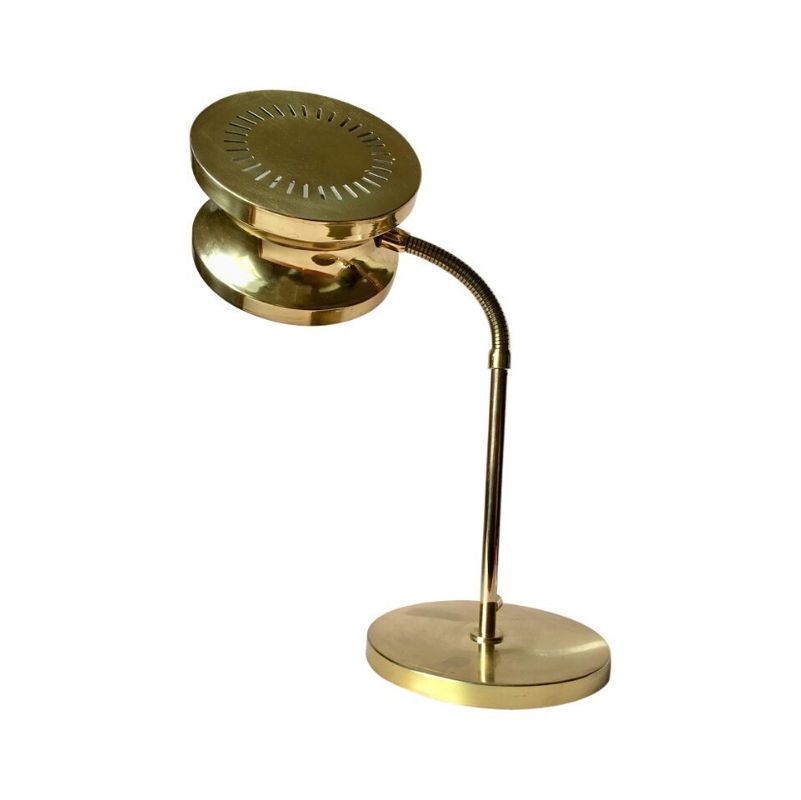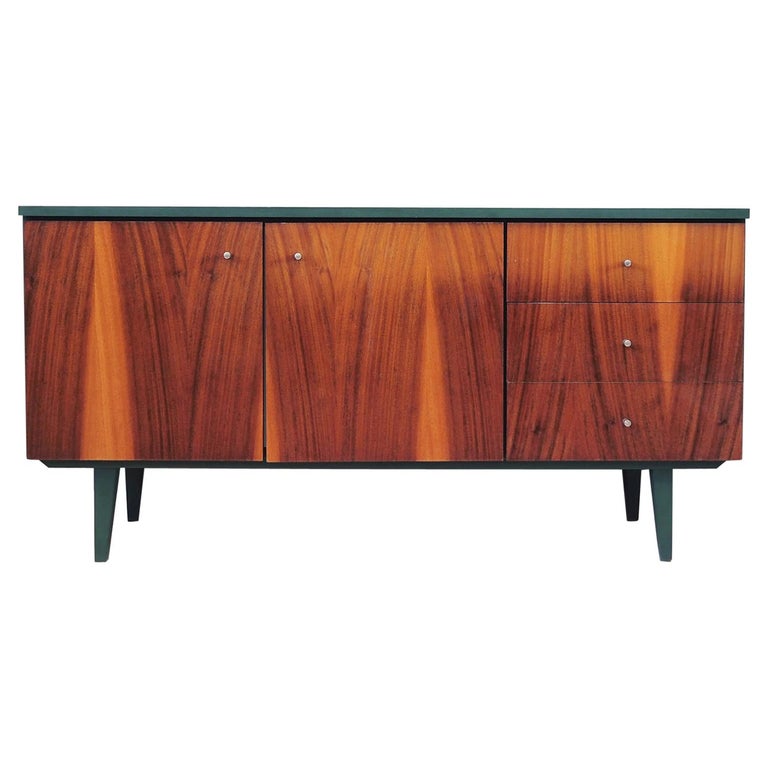It fascinates me: the fifties and sixties brought many fluid and organic designs from Denmark & Scandinavia. The chieftain chair is a great example of this.
I can't visualise any designs, made for outdoor purposes, with the same fluid lines.
Why is this? Are the joints not suited against exterior elements, is it an esthetic choice..?
As I am proceeding further into my woodworking class I'm playing with the idea of making a striking easy chair, for outdoor use, to face the elements day in, day out.
Wich wood can be of interest, have you done something similar or do you know examples wich prove me wrong?
Thanks in advance.
Hmm.
It depends upon material and joinery, perhaps. I don't think I'd put that lovely Chieftain Chair out on the deck or the porch -- even if the upholstery could be taken off and stored inside until needed. Why ? Because, I guess, the relatively modest size of the tenoned joinery couldn't be expected to resist cycles of soaking and drying for too many years, no matter what the adhesive ?
And what good is a chair without its seat, back, and arms ?
An outdoor chair should be available for use on any dry day, without preparation (other, perhaps, than turning upright ?). I could see those Chieftain upholstered panels recreated in some UV-proof resin, and the frame beefed up to exterior specification. The frame material -- teak -- is already proper to the task.
The Adirondack chair -- ungainly, usually, but made with broad boards simply joined, and not requiring any padding to be comfortable enough -- is the typical outdoor chair of old, while modern metal and plastic-fabric pieces by Schultz (for instance) are designed for outdoor placement, and might just as easily serve (I believe) as indoor seats.
Hmmm
Are you speaking strictly wood or other materials?
To me, the most fluid (and comfortable) wood-based designs utilize bent wood, molded plywood, or wood carved into curved shapes. The first two especially would not hold up well to the outdoor elements.
You also raise a good point about joint stability of these more refined designs.
I follow your arguments, SDR.
Beefing up would be necessary, I guess, but could be executed in a manner wich doesn't make it heavy?
I want to avoid making a 'plank' chair like the typical one you posted, although I have to consider making the backrest in similar way of construction.
Woody, I am thinking of carved wood, all solid construction.
bj, you are limited only by your imagination,
your abilities, and your chosen materials.
Durability is often the priority in outdoor furniture design, but that doesn't mean that other concerns should be tossed under the bus.
http://fillingham.wordpress.com/category/furniture/seating/
The Fillingham
deck chair is handsome. Note that the designer/maker says it's meant to withstand "occasional" contact with rain-water. It lacks a lounge-chair essential -- arms -- but the width and curvature of the seat help to make up for that, in terms of lowering and raising oneself.
End grain is vulnerable to absorption of water -- so minimizing that would be a goal. "Carved" wood strikes me as having more partial end-grain than planks of wood (like the bent staves of the seat and back of that deck chair ?).
I had never seen that chair before.
It simply came up among the images when I goggled "outdoor lounge chair". I chose it to illustrate the virtually limitless possibilities available.
As to durability, of course there are species that possess superior qualities. Teak, perhaps, being the best known and most widely used among them and, yes, the endgrain of most any wood should be either enclosed and/or sealed for maximum logevity when left exposed to the elements.
I may be
making too much of the end grain thing. There's lots of teak garden furniture out there, unfinished, that's doing just fine -- I guess.
What I've seen here, when there's not enough sun on a set of teak pieces, is the growth of various organisms on the surface, lending a patina (?) of blotches. Cleanable, I suppose -- the furniture wasn't mine.
If you need any help, please contact us at – info@designaddict.com









